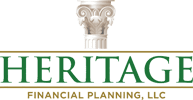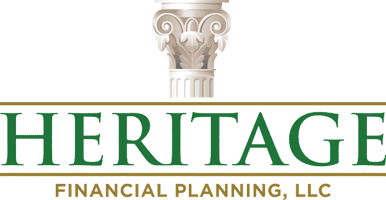One of the more popular types of retirement plans in use today is a 401(k) plan. One reason for their appeal is that employees are allowed to save part of their pay each year, tax-deferred, by contributing to various investment funds within the plan.
A 401(k) plan may also permit employees to make after-tax voluntary contributions and to direct the choice of those contributions as well. Employees are always 100% vested in their own 401(k) contributions. If the employer makes a matching or discretionary contribution to the plan, an employee’s rights will usually vest in the contribution in accordance with a graduated schedule that cannot exceed seven years under current law. If permitted by the terms of the plan, employees can begin to withdraw funds from the plan, under certain circumstances, without incurring a 10% federal income tax penalty beginning at age 59½.
Many plans give employees a choice of investments such as stocks, bonds, money market funds, and, possibly, stock in the company itself. The best idea, in a word—diversify. A balanced 401(k) account should mix market-valued equity with interest-paying investments. You may be wondering, “What is the right mix for me?” A typical guideline in early earning years might be to keep 60% or 70% (or more) of your money in market-valued equity investments and the rest in fixed-interest investments; then, slowly reverse that split as you get older.
What you do with your 401(k) plan should also complement your personal investments. If the majority of your investments are in stocks, a 401(k) can be the ideal place to keep investments that pay interest. Let your interest-earning and high dividend-paying investments grow inside your 401(k)—tax-deferred. The growth from stocks will not be cashed until you sell them. You can also claim tax deductions for losses on personally-held stocks. However, you usually receive no tax breaks for losses on investments held within a 401(k).
As in all cases, you should invest your 401(k) account in a way that suits your individual circumstances. Analyze your own risk tolerance, investment objectives, and time frame before you decide where to invest your 401(k) account.
Our S.T.A.R. process walks you through every step those nearing retirement or already in retirement need to consider and prepare for to safeguard their financial future and make sure they have the peace of mind they have worked so hard to secure.

Click here to learn more about our HFP STAR Strategy process & discover what sets us apart from all the rest.
While other financial companies may cover one or two of these very important aspects, we at Heritage Financial Planning, believe our clients need to have a well rounded and complete financial plan, and in order to do that, we feel it is essential to cover all five of these very important areas.
You’ve worked so hard to get you where you are today, and with all the changes taking place in our world these days, let your next step be your best step in preparing for the rest of your financial life. Get your custom-designed S.T.A.R. Strategy Plan now! Give us a call at our office at (574) 606-4406.
Sources & Disclosure
Copyright © 2015 Liberty Publishing, Inc. All rights reserved. Distributed by Financial Media Exchange.












